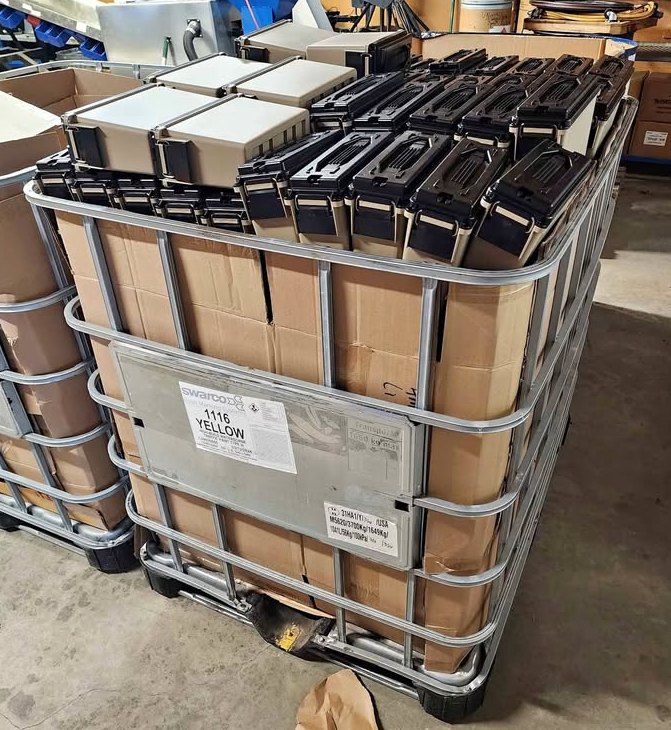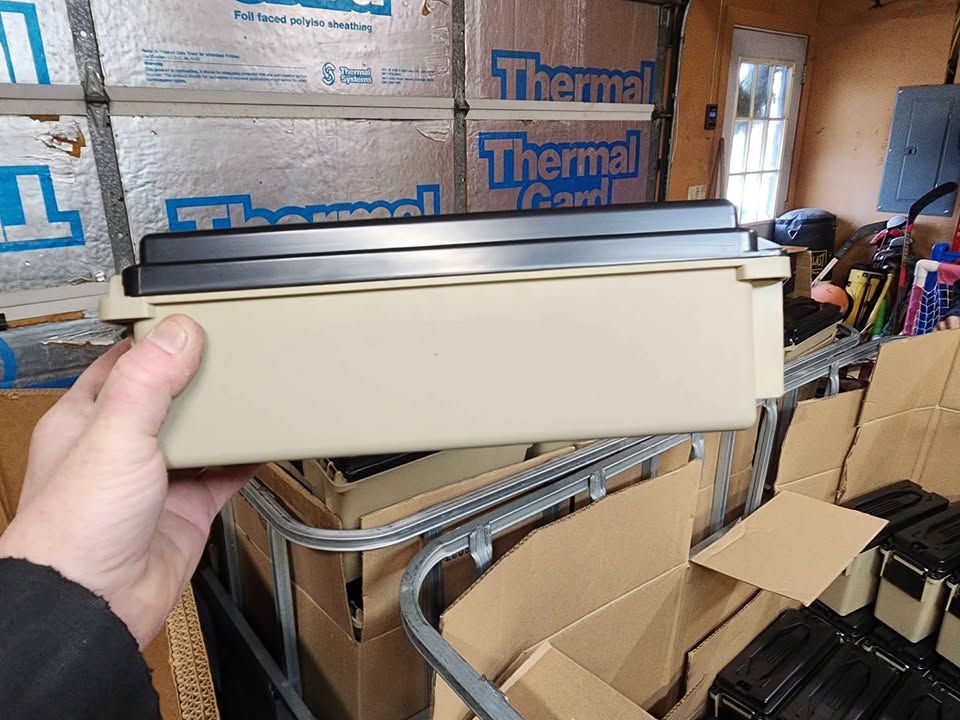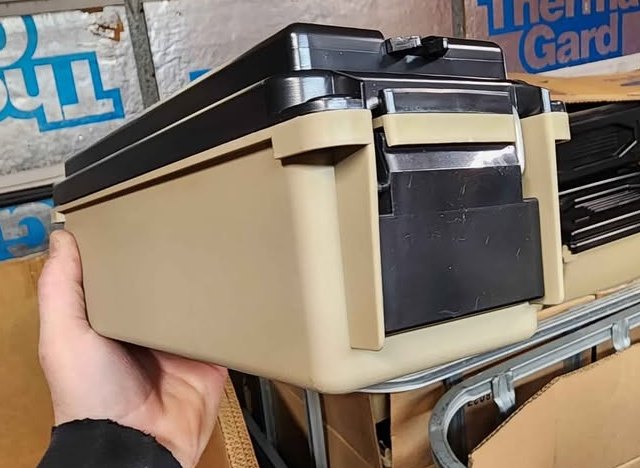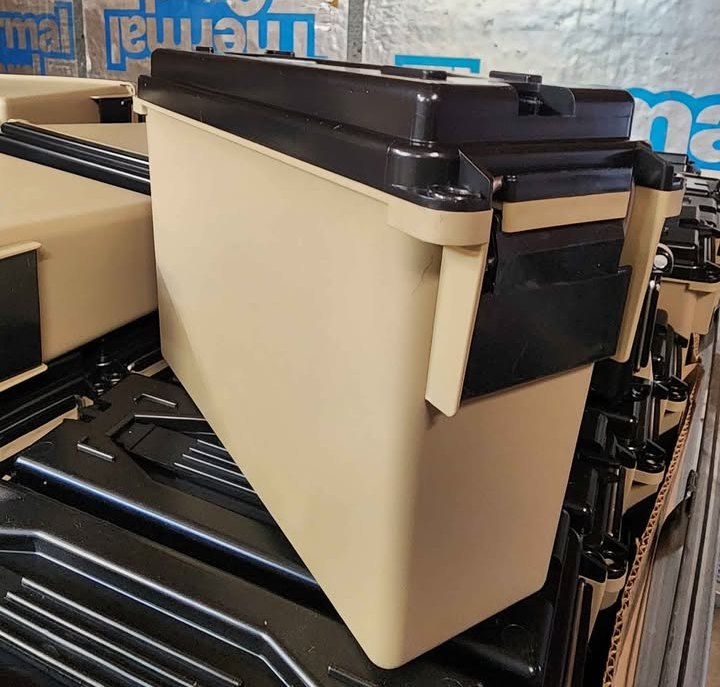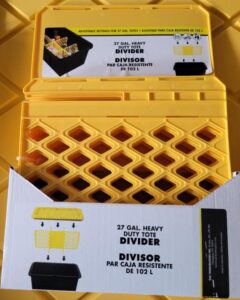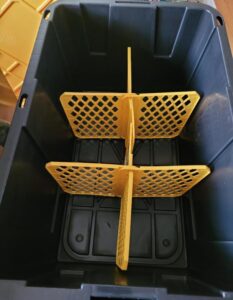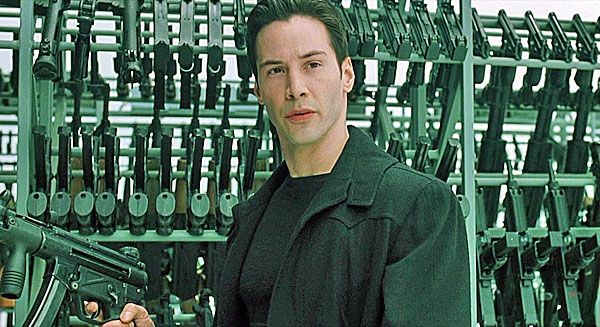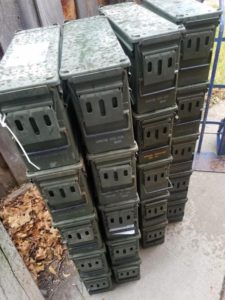Still working on re-organizng,re-arranging, and re-evaluating the mountain of things I have in storage. Its a slow and laborious project but it needs to get done. Its also sort of a de facto way of inspecting pretty much everything I have.
Im kinda tired at the end of the workday, so Im not terribly likely to spend my weekday evenings doing this sort of thong, so that leaves just weekends. Thing is, weekends are when I have to do all the things I’ve been blowing off all week. So…weekends wind up being dang busy.
As I’m moving stuff around and re-arranging, I’m also finding things that are probably ready for retirement and replacement. For example, packets of batteries from ten years ago, bottled water from five years ago, things like that.
Its a pain in the ass, doing all of this, but I’m getting some satisfaction about my levels of preparedness in various departments. I’m also keeping an eye towards the quantities I have so I can determine what is and is not ready to be halved and shuttled when I finally get the Chink O’ Nowhere in my portfolio.
Hows that coming, by the way? Slow. I am learning very quickly that western Montana is expensive, and eastern Montana is, comparatively, quite cheap. There are places in eastern Montana where I can get 160 acres for the same amount of money 20 acres costs me here. Problem is, eastern Montana is pretty flat, featureless, and open. I’m looking for something with a bit more features than what is essentially a grassy parking lot. But…I’m in no tremendous hurry. I’d really like to get the ball rolling on this in this year, but the longer I wait the more money I have to put towards the purchase, which translates into more options. But…I also dont want to wait so long that when I finally get what I want I’m too old to enjoy it and play with it. So, like everything else in life, the trick is timing.
In the meanwhile, though, I’m still working on getting what I already have more organized and ready. But, boy, when it’s time to split all this up and move half to the Beta Site it’s gonna be quite the adventure.

